
How have you used your success to bring goodness to the world?
Hmmm. Hopefully I have brought some goodness to the world with Holistic Actions! In the past five years HA! has had the privilege of empowering more and more pet parents to help their companion animals live healthier, happier, and longer lives.
HA! does this by teaching pet parents ways to fine-tune their pets vitality and balance using symptom clues related to Behavior, Energy, Appetite, Mood (BEAM). Clinically, these symptoms provide pet parents with a simple and practical way to assess, track, and interpret symptoms. This enables them to provide the pet in their care with personalized applications of conventional and holistic veterinary medicine. The end goal here is to reach a 4P model of medicine for pets: Personalized, Predictive, Proactive, and Participatory.Through the non-profit Holistic Actions Foundation we bring our approach, tips, and tools to everyone, regardless of income. HA! Academy scholarships and educational outreach helps pet parents around the world affordably learn more about safe, effective, easy-to-implement holistic options. Our goal is to help empower 1,000,000 pet parents by 2025.
Can you please give us your favorite “Life Lesson Quote”? Can you share a story about how that was relevant to your own life?
“We miss more by not seeing than we do by not knowing. Always examine the back. Observe, record, tabulate, communicate.” — Sir William Osler, groundbreaking physician, philanthropist, and celebrated “Founding Father of Modern Medicine” and Johns Hopkins Hospital.
A life lesson I started learning at a young age was that I missed a lot by making unseen and unquestioned assumptions. Another way to say this is that I realized there is a big difference between “watching” and actually “seeing.” “Watching” is a passive phenomenon (similar to how our mind works when we watch a sitcom, or in my case, one of the magic shows I loved as a child).
On the other hand, “seeing” is an intensively and intimately active phenomenon where we directly participate in the process of learning through bringing our curiosity, critical thinking, and sense of wonder to bear. If you simply “watch” a magic show, you’ll never come to see how the illusions are actually performed. And for those of us who are interested in learning how to perform our own magic by peering behind the curtain (that is, helping our patients heal), it’s not enough to simply watch. We have to learn how to see. This principle never ceases to amaze me.
Many “Oslerisms” (quotes from Sir William Osler) like the one above, resonate deeply with me. Especially now that I’m a doctor and have had the privilege of visiting the Oster library at McGill University every year (until 2020) during annual seminars there about activating natural biologic healing mechanisms based on observation.
Dr. Osler’s medical work highlights the importance of observation for doctors by life lesson writings such as:
“Medicine is learned by the bedside and not in the classroom. Let not your concepts of the manifestations of disease come from words heard in the lecture room or read from the book. See, and then reason and compare and control. But see first. No two eyes see the same thing. No two mirrors give forth the same reflection. Let your word be your slave and not your master.”
Can you share your top three “lifestyle tweaks” that will help people and pets feel great?
Sure! I’d be honored to speak to things that I can personally attest have reliably increased quality-of-life in myself and my pet patients through what we hypothesize as stemming from an increase in cellular energy. Along with each tweak, I’ll give personal examples of each. First, is connecting with nature, such as when I set out with my dog, Archie, on a sniff walk. Second, is focusing on happiness, such as when Archie and I play a game of fetch or I pet my kitty, Tigger. Third, is engaging with other people, pets, and nature. These three tweaks of cellular health and energy (CHE) all share the common thread of harnessing the power of the breath. In Traditional Chinese Medicine, they’re thought to bring more Chi (life force energy) into our cells to keep our bodies vital and balanced.
For myself, I start every day by BEAMing and breathing for 20 minutes. (BEAMing means engaging in any activity that can have beneficial effects on Behavior, Energy, Mood, or Appetite.) This just involves smiling deeply while doing deep rhythmic breathing. It is based on the well documented SKY Breath Meditation from the Art of Living Foundation.

What are your “5 Things I Wish Someone Told Me Before I Started” and why?
Thanks for asking! I’m especially excited to talk about this since I’ve dedicated my life to sharing these five things with anyone who will listen! My own belief, based on decades of observation, experimentation, and application is that they might even hold the key to integrating conventional and holistic medicine.
1. By far, the biggest thing I wish I’d learned in vet school is the importance of conservation of (cellular) energy in the body. Building and preserving energy and vitality produces the balance (equilibrium) that’s not only necessary for simply remaining alive but for living fully and joyfully. The details and implications of this principle exceed what I can explore here, but doctors and scientists now know that cellular energy is the basis of life and the difference between life and death, as well as the difference between merely “existing” and life well lived. (And this goes equally for both people and pets!) There are so many proven strategies for people and pets to increase their cellular energy through positive lifestyle changes. This can occur through even the smallest of changes: eating fresh food, “pet and purr” sessions, taking Therapeutic Sniff Walks, promoting happiness with play and enrichment activities. One spectacular example of how happiness alone can have dramatic effects on cellular function is the story of the paralyzed rescue pup who went from being paralyzed to walking and running just by BEAMing.
2. The second biggest thing I wish I’d learned in vet school was the true significance of signs and symptoms and their importance for keeping patients healthy. I really, really wish we were taught to regard symptoms as valuable clues that can be used to aid early detection, monitoring, and treatment of imbalances that can eventually show up as dis-ease. In vet school, we were taught to look at symptoms from a strictly diagnostic perspective. But after this, they served no purpose and were seen to have no value. In fact, symptoms were often treated as the enemy, with the aim being to reduce or eliminate them. In my personal and clinical experience, rather than regarding symptoms as an enemy to be feared or suppressed, we can view them as a good friend who is simply trying to communicate something crucially important to us. Behavior, Energy, Appetite and Mood are exquisitely sensitive indicators of homeostasis (balance). For example, Sue, the pet parent of one of my patients, successfully used BEAM to detect early signs of Lyme kidney disease in her pup.
3. The third biggest thing I wish I’d learned in vet school is the natural resilience and regenerative ability of the body. (Again, this goes equally for people and pets.) For example, my own rescue pup, Archie, had a Lyme kidney disease diagnosis. His immune system and kidneys improved from BEAMing, breathing, targeted nutritional support, and other healing modalities that seemed to activate natural healing mechanisms without suppressing the body’s innate healing abilities.
4. The fourth biggest thing I wish I’d learned in vet school is the power of the breath. Breathing experts like Wim Hoff and some yogis have amazing control over seemingly automatic functions like blood pressure, immunity and blood test results. As for how breath-based activities can dramatically benefit our canine friends, take the case of Koby, a 15 year young pup with severe, end-stage heart dis-ease. Despite his challenges, the introduction of increased sniff activities and the snuffle mat (Koby eventually had five!) greatly enhanced his happiness and quality of life.
5. The fifth and last thing I wish I’d learned in vet school is the amazing benefits of feeding ourselves and our pets living, fresh, unprocessed foods. We all know the saying, you are what you eat, and we have this on the soundest of scientific evidence, clinical experience, and (for goodness sake) our common sense. Feeding our pet whole, vital food and understanding that food can function as medicine has helped resolve health challenges for many of my pet patients and my own celiac disease. One example of how powerful the introduction of fresh food can be is the case of a kitty with vomiting and diarrhea symptoms and an IBD diagnosis. Just replacing her commercially prepared diet with fresh food helped her body naturally recover and resolve her symptoms.
If you could start a movement that would promote the greatest amount of wellness in the greatest number of people, what would that be?
That would be the movement to integrate holistic and conventional veterinary medicine. Their foundations are very similar yet they are currently practiced very differently. Modern medicine is miraculous in many ways yet doesn’t have all the answers. This movement would help more pet parents and vets learn the importance of maintaining and regaining vitality and balance for pets. By that I mean that I’d love them to learn that science has confirmed the importance of the energy (vitality) to keep pets at ease (balanced). That’s it!
We are very blessed that some of the biggest names in Business, VC funding, Sports, and Entertainment read this column. Is there a person in the world, or in the US whom you would love to have a private breakfast or lunch with, and why? He or she might just see this if we tag them 🙂
It’s a toss up for me. I’d love to chat with Wim Hoff and his team about the healing power of nature for pets and people, but I’d also love to chat with vet Dr. Marty Becker who started the “Fear Free” movement. It is improving the happiness and quality of life in a huge number of pets around the world by teaching strategies that reduce stress during vet visits.
I would also love to have tea and reconnect with Cheryl Howard. In the 80s and 90s I made many housecalls to Ron and Cheryl’s little farm where I had the privilege to get to know her and the family’s pets. I have fond memories of our time together including having Fritz — their sweet, smart pot-bellied — as a houseguest. Cheryl was a big fan of integrative approaches to health and healing — combining natural and holistic medicine with conventional medicine. I’d love to talk to her about getting the word out about these strategies to help improve pets’ quality of life.
What is the best way our readers can follow you online?
The best way is to join the HA! community at holisticactions.com. All Access membership includes a free, monthly, one-on-one, individualized consultation call with me so you can get your petcare concerns addressed directly and personally. (Incidentally, you also get access to weekly live Empower Hour! webinars with leading veterinary and petcare experts, and a Q&A forum at the HA! website devoted to helping pet parents make informed choices so they can maximize their animals’ happiness and longevity.) We also have a passionate and dedicated community on Facebook and Instagram, as well as valuable content on our YouTube channel that provides answers to frequently asked questions in order to empower you to take charge of your pet’s wellness journey.
Thank you so much for these wonderful insights!
You’re very welcome. Doing this interview has truly been my honor and pleasure. Thank you, and your readers!
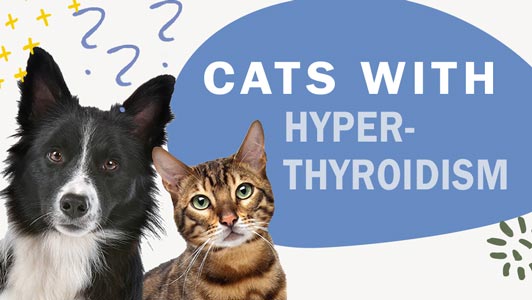


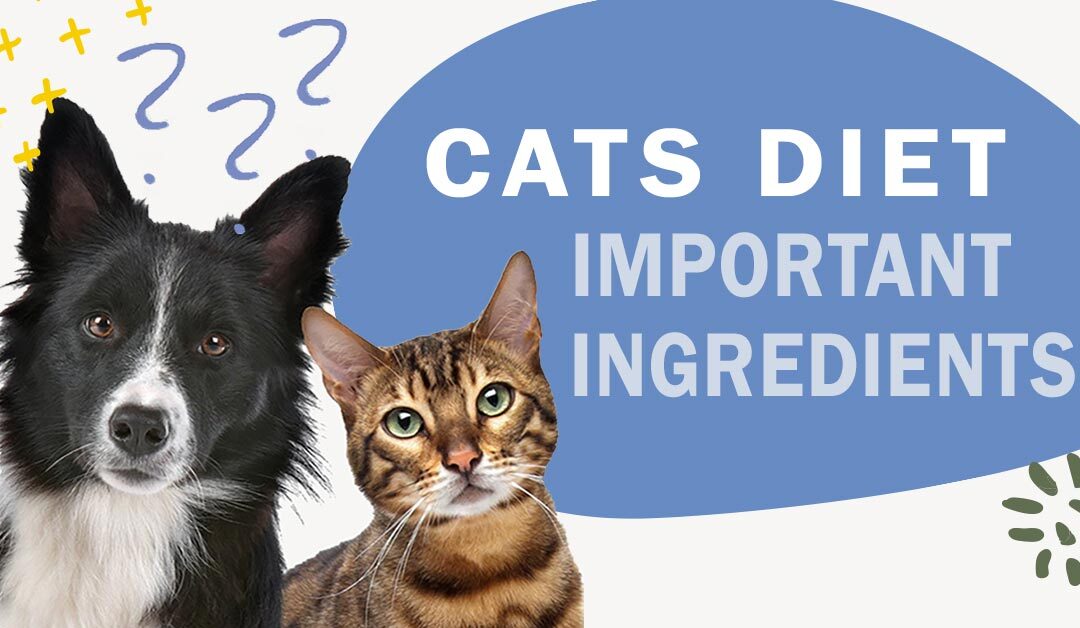

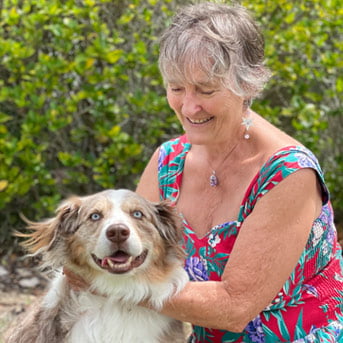
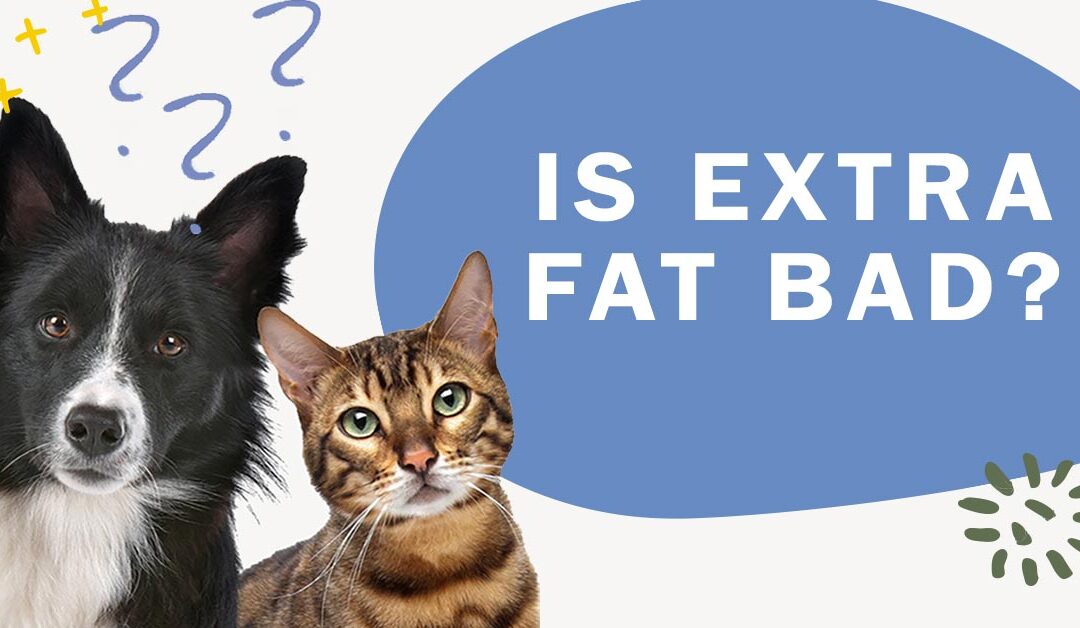

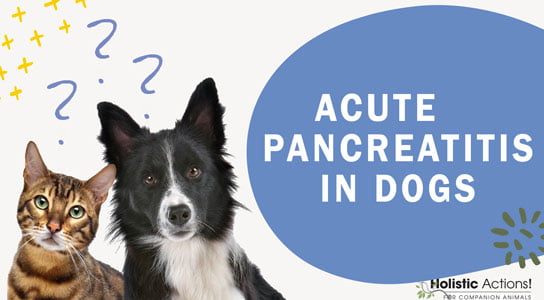
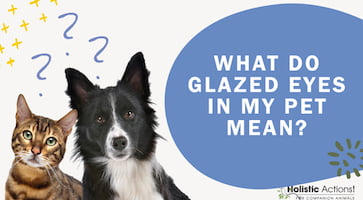

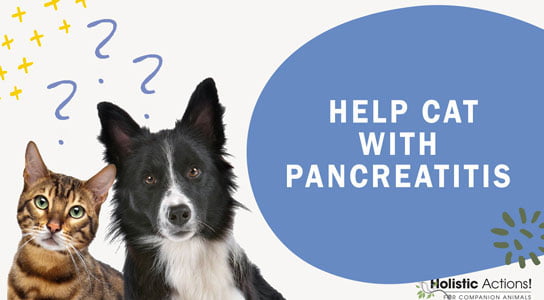

 Welcome to this awesome and information packed podcast! Dr. Feinman, who is a Doctor of Veterinary Medicine, also holds a degree in molecular biology, and is on the faculty of Holistic Actions!, was recently honored to participate in Kerstin Ramstrom’s
Welcome to this awesome and information packed podcast! Dr. Feinman, who is a Doctor of Veterinary Medicine, also holds a degree in molecular biology, and is on the faculty of Holistic Actions!, was recently honored to participate in Kerstin Ramstrom’s 




